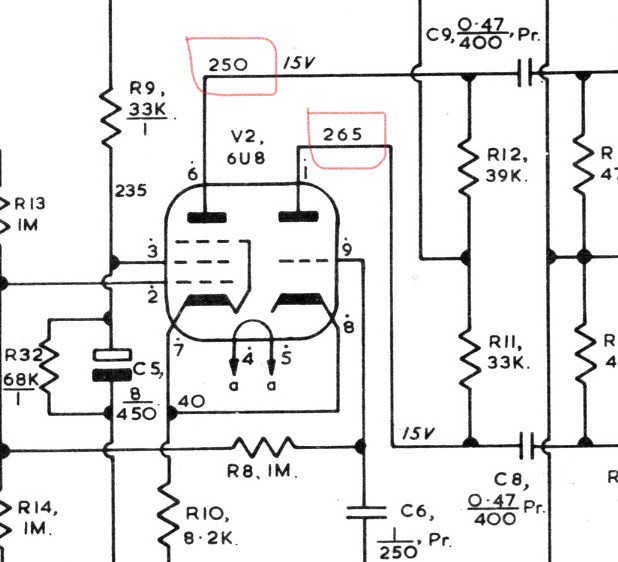I've had this sat in a cupboard for a few years now, only powering it up every couple of months, waiting for some time, space (to run ESL57's ie.) and a kids free zone to get it running in a system. I bought it years ago from the Wam, it being the subject of a restoration thread, and using what was decribed at the time as good quality components in lieu of the old failed items.
Seeing all the great, more authentic restorations on here I'm wondering if its worth getting this reworked or just use it as it is? The valves all have very low hours being installed as NOS only months before I purchased it, (or so I was told). It sounds fine to me, low noise floor.
 STA15 4
STA15 4 by
Neil Tully, on Flickr
I wonder if there is a way to filter it on the mains input to the amp?


 2022-06-01_09-10-00
2022-06-01_09-10-00 InkedST15 Series III Anodes_LI
InkedST15 Series III Anodes_LI STA15 4
STA15 4 STA15 3
STA15 3 STA15 2
STA15 2 STA15 1
STA15 1